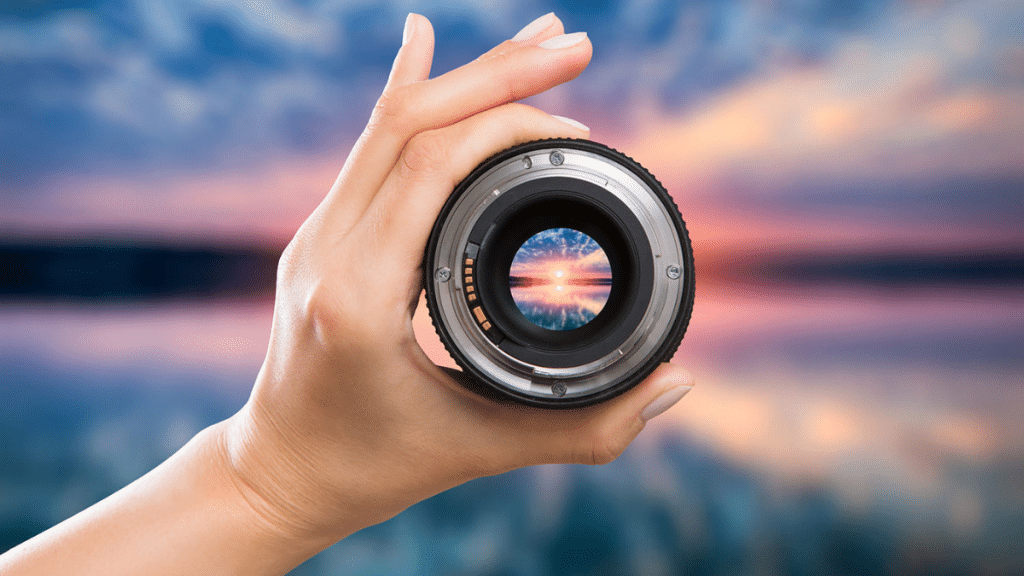Photojournalism has always demanded adaptability. Capturing world-changing moments as they unfold often leaves little time for lens changes or elaborate gear setups. In 2025, many field photographers are embracing a “one-lens” philosophy, radically transforming their work. But what exactly is behind this trend, and what does it mean for the future of storytelling through images?
Speed and Simplicity: A New Imperative
Every second matters in fast-moving environments—protests, conflict zones, natural disasters. Photojournalists often have one chance to capture an authentic, powerful image before the scene changes forever. Carrying multiple lenses and stopping to swap them out can mean missing critical moments.
The solution? Equip the camera with one highly versatile lens capable of handling various scenarios. This approach minimizes downtime, maximizes readiness, and allows photographers to focus on their surroundings instead of fumbling with gear.
Today’s all-in-one and hybrid zoom lenses make this strategy more practical. With improved image quality, faster autofocus, and better low-light performance, many of these lenses meet the demanding standards of modern journalism.
From Heavy Kits to Agile Setups
Traditional photojournalist kits once included a combination of fast primes and heavy telephoto zooms, packed meticulously into large shoulder bags or backpacks. While this setup offered maximum control, it also came with limitations: fatigue, mobility issues, and increased risk when moving through volatile environments.
Modern field photographers are shifting toward lighter mirrorless systems paired with one capable lens. It’s a natural progression in an industry that now often demands immediate digital uploads, mobile editing, and quick deployment.
Many journalists today prioritize agility over exhaustive options when deciding what gear to bring. That’s why many searches for the best Nikon lenses for travel when building a more efficient kit.
These lenses often strike the perfect balance between wide-angle flexibility and telephoto reach—key for telling a complete story without missing details.
Creativity Within Constraints
Paradoxically, having fewer lens choices can boost creativity. Photographers who work within a single focal range—or one flexible zoom—are forced to think differently about composition, perspective, and framing.
Rather than defaulting to changing a lens to “fix” a scene, photojournalists must move their bodies, adjust their viewpoints, and engage more deeply with their subjects. This interaction often leads to more authentic, compelling storytelling.
Moreover, carrying only one lens reduces physical fatigue, allowing photographers to work longer in the field without sacrificing attention to detail.
The Role of Technology in the Shift
Several technological advancements have made the one-lens philosophy more feasible:
- Advanced Autofocus: Modern lenses and cameras boast lightning-fast systems, even in low light or chaotic scenes.
- High-Quality Zoom Lenses: Optical compromises that once plagued wide-to- telephoto zooms have been significantly reduced, delivering sharp, distortion-free images across a wide range of focal lengths.
- Durable, Weather-Sealed Builds: Today’s lenses are designed to withstand harsh
conditions, making them perfect for rugged fieldwork.
For Nikon shooters, some of the most highly recommended gear among travel photojournalists is found by searching for the best Nikon lenses for travel, emphasizing lightweight, robust options with broad focal ranges.
Storytelling, Uninterrupted
The “one-lens” philosophy isn’t just a trend—it reflects how photojournalism is evolving. In a world where moments are fleeting, and stories must be told in real-time, gear supporting mobility, speed, and creative flexibility is critical.
For today’s field photographer, carrying fewer tools often means telling better stories. Armed with a reliable camera and one powerful lens, photojournalists are staying light, moving fast, and capturing history as it happens—one decisive frame at a time.
